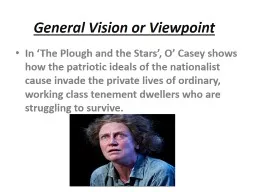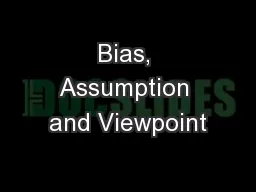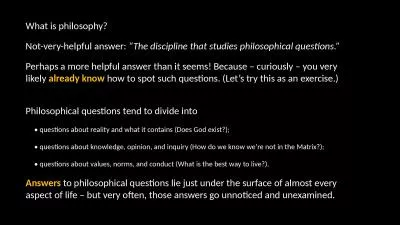PPT-General Vision or Viewpoint
Author : sherrill-nordquist | Published Date : 2019-01-30
In The Plough and the Stars O Casey shows how the patriotic ideals of the nationalist cause invade the private lives of ordinary working class tenement dwellers
Presentation Embed Code
Download Presentation
Download Presentation The PPT/PDF document "General Vision or Viewpoint" is the property of its rightful owner. Permission is granted to download and print the materials on this website for personal, non-commercial use only, and to display it on your personal computer provided you do not modify the materials and that you retain all copyright notices contained in the materials. By downloading content from our website, you accept the terms of this agreement.
General Vision or Viewpoint: Transcript
Download Rules Of Document
"General Vision or Viewpoint"The content belongs to its owner. You may download and print it for personal use, without modification, and keep all copyright notices. By downloading, you agree to these terms.
Related Documents














